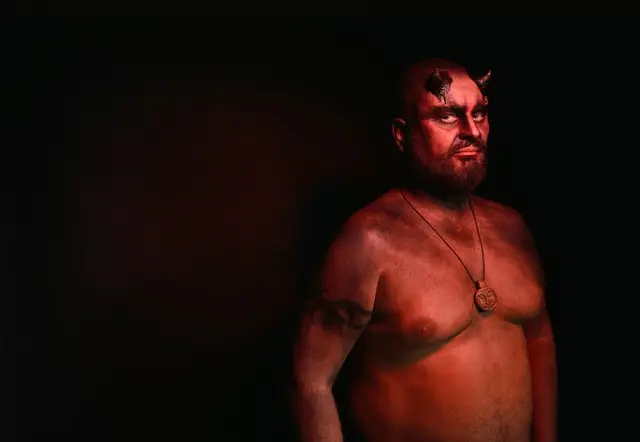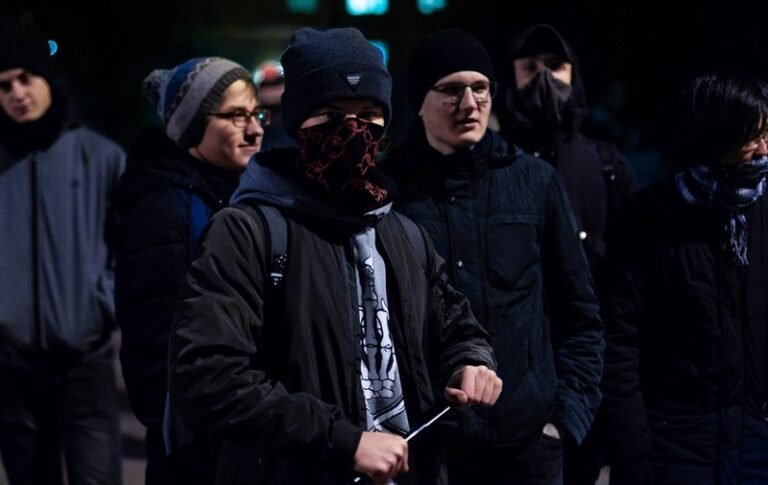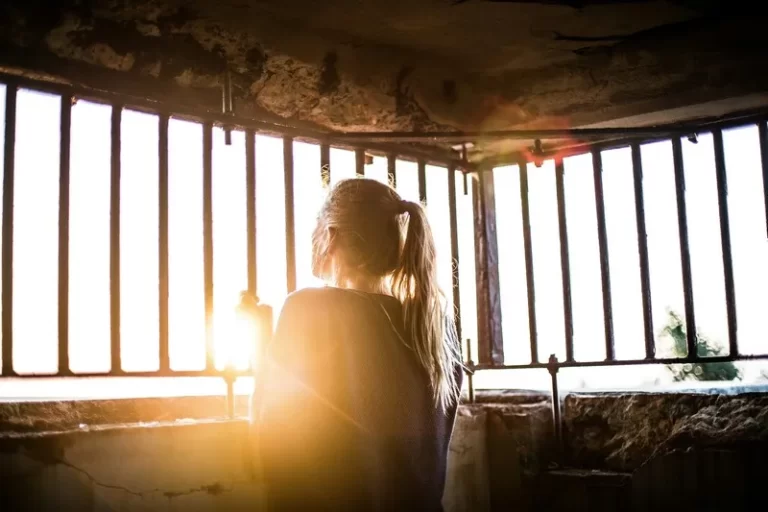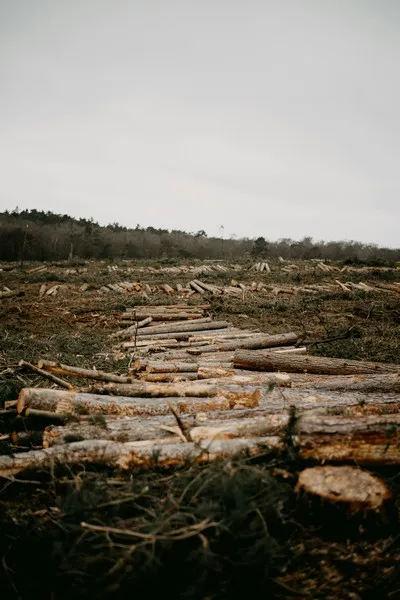Table of Contents
- The Genesis of Folk Devils
- The Role of Media in Creating Folk Devils
- Sociopolitical Context and Moral Entrepreneurs
- Marginalized Groups as Folk Devils
- The Impact of Labeling as Folk Devils
- Folk Devils and Moral Regulation
- Theoretical Perspectives on Folk Devils
- Contemporary Examples of Folk Devils
- The Enduring Relevance of Folk Devils
- Conclusion: Folk Devils and Social Order
- Think!
- Essay Suggestions
- Research Suggestions
- Further Reading
The concept of “folk devils” is a critical element in the study of moral panics within sociology. Coined by sociologist Stanley Cohen in his seminal work “Folk Devils and Moral Panics” (1972), the term describes individuals or groups portrayed in the media and popular discourse as embodying evil and posing a significant threat to societal values and interests. To fully grasp the significance of folk devils, it is essential to explore the dynamics of moral panics, the role of media, and the broader sociopolitical context within which these phenomena emerge.
The Genesis of Folk Devils
A moral panic is a widespread feeling of fear and concern among the general public that certain individuals or groups threaten the social order. This fear is often disproportionate to the actual threat posed. Cohen’s work meticulously details how certain behaviors or groups are demonized through exaggerated and sensationalized reporting. Folk devils are the central figures in these moral panics, symbolizing the perceived threat. They are often marginalized or deviant groups, and their depiction serves to galvanize public opinion against them, justifying increased social control measures.
The Role of Media in Creating Folk Devils
The creation of folk devils follows a predictable pattern. It begins with identifying a troubling issue or event, which the media amplifies through heightened coverage. This coverage typically involves sensational headlines, dramatic imagery, and emotive language that exaggerates the severity of the threat. The media, as a primary agent of socialization and a key player in constructing social reality, plays a pivotal role in shaping public perceptions. By repeatedly framing certain groups or behaviors as dangerous and morally corrupt, the media helps to construct folk devils, who become the personification of societal fears and anxieties.
Sociopolitical Context and Moral Entrepreneurs
The process of demonization involves the media and the broader sociopolitical context. Authorities and moral entrepreneurs—individuals or groups who campaign to influence societal norms and policies—capitalize on the panic to advance their agendas. They present themselves as protectors of social order, advocating for stringent measures to combat the perceived threat. This often leads to increased policing, harsher legislation, and other forms of social control aimed at the folk devils. These responses are typically disproportionate to the actual threat, reflecting the exaggerated nature of the moral panic.
Marginalized Groups as Folk Devils
Get the full article AD FREE. Join now for full access to all premium articles.
View Plans & Subscribe Already a member? Log in.






